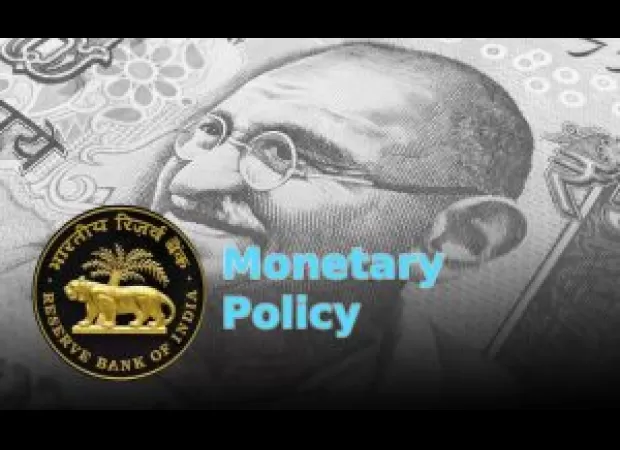RBI paper says stock markets are more affected by expectations of future monetary policy than official rate announcements.
According to a recent analysis, the expectations of future monetary policy have a greater impact on equity markets than the actual policy rate surprises on the day of announcement by the Reserve Bank. This was revealed in a working paper by RBI officials.

According to a recent analysis, it seems that the equity markets in Mumbai are much more affected by the expectations of future monetary policy rather than any sudden changes in the policy rate on the day of its announcement by the Reserve Bank. This is based on a working paper written by officials from the RBI, which also suggests that regulatory and development measures announced alongside the monetary policy also have an impact on the stock markets.
The paper states that "equity markets are affected more by changes in the market's expectations of future monetary policy, rather than the surprise of policy rate changes." This aligns with the common belief that equity markets are forward-looking. The authors also note that the volatility seen in the equity markets on the day of the policy announcement is influenced by both "target and path factors." This is due to the fact that traders react to the policy announcements and make adjustments to their portfolios throughout the day.
The research paper, titled "Equity Markets and Monetary Policy Surprises," was written by Mayank Gupta, Amit Pawar, Satyam Kumar, Abhinandan Borad, and Subrat Kumar Seet from the Department of Economic and Policy Research at the Reserve Bank of India. It examines the impact of monetary policy announcements on the BSE Sensex by breaking down changes in Overnight Indexed Swap rates into target and path factors on policy announcement days.
The target factor reflects the unexpected changes in the central bank's policy rate, while the path factor reflects the impact of the central bank's communication on market expectations of the future path of monetary policy. The paper also acknowledges that while the short duration windows used in the analysis help control for other potential drivers of equity prices, it is important to note that the policy announcements are often accompanied by regulatory and developmental measures that can also impact the markets.
Furthermore, the authors also mention that the analysis may be affected by sparse trading in the OIS markets and other domestic and global developments during the narrow window used in the study. The analysis covers the period from the implicit adoption of a flexible inflation targeting regime in India and ends in July 2022.
The RBI introduced the Working Papers series in 2011, with the aim of providing a platform for researchers to share their findings. The central bank also emphasizes that the views expressed in the paper are solely those of the authors and do not necessarily reflect the views of the institution they belong to.
12 Views






